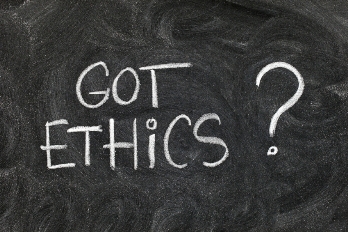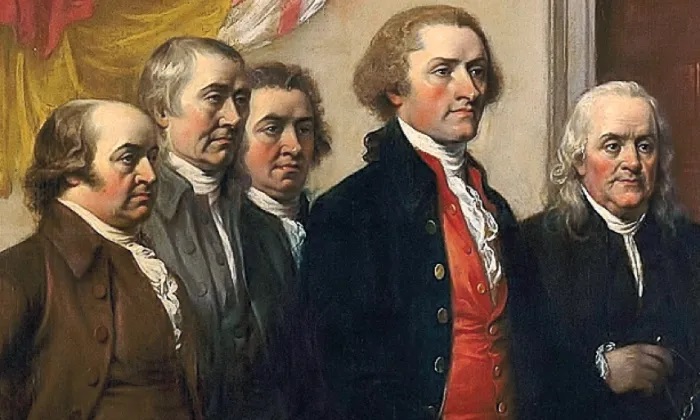From January 1 to December 31, 2007 I decided to search, read and clip all the ethics-related stories I could find from The New York Times and Washington Post. The final count totaled 1,657 ethics-related stories. That’s an average of 4.5 stories per day.
Looking at today’s (Apr. 26) Times and Post, here’s what I found:
The Times –

Fall of Chinese Official is tied to Wiretapping
Murdoch, Center Stage, Plays Powerless Broker (re: phone-hacking scandal)
British Government’s Ties to Murdochs Scrutinized (side-bar)
Disgraced Chinese Official’s Son Tries to Defuse Sports Car Scandal
Two Abuse Victims Testify at Church Official’s Trial
After Recalls and Missteps, J&J’s New Chief Confronts Critical Challenges
Ex-Morgan Stanley Official Pleads Guilty to Violating Anticorruption Laws
After Man’s Death, Scrutiny for a Police Chase (re: a police chase where a 27-year-old man was caught by police removing material from a housing project. While being chased, the police car swerved to block his escape and the man was struck and killed.)
Marine to be discharged for Anti-Obama Posts on Facebook(among the soldier’s statements: “Screw Obama and I will not follow all orders from him.”
Laker [basketball player Metta World Peace] cites ‘Passion,’ Not Anger, in Elbowing. If you haven’t seen the video on this, the opposing team member was violently knocked to the floor by an un-peaceful Laker player.
The Post –
John Edwards’s Defense Challenges Ex-aide’s Credibility at Corruption Trial
New Secret Service Allegations Surface
2 Witnesses in 1985 D.C. Murder Trial Claim Coercion by Police, Prosecutors
Racist Tweet Storm about Joel Ward… Another Ugly Mark for NHL
We Need More Accountability in Afghanistan (op-ed: misconduct by U.S. soldiers)
That’s 15 ethics-related scandals from two papers in a singleday!
Each time I read one of these stories the same issues surface: accountability, respect, responsibility, self-restraint, honesty, civility, fairness, integrity.
The usual follow-up after an incident is the acknowledgment that an investigation has begun with appropriate measures to follow for the wrong-doers.
But what happens after that? What considerations are made for changing or correcting the ethical culture? What can an organization due to promote good behavior?
Here are a few steps to consider –
First, review with participants the purpose of an ethics program:
1) Provide a framework for seeing and dealing with tough, gray-area problems.
2) Clarify and emphasize personal ethical values.
3) Identify and discuss organizational and systemic factors that make it difficult consistently to live up to the highest ethical aspirations.
4) Develop practical strategies to improve institutional and personal decision making.
Second, go through the process of ethical decision making:
1) Who are the stakeholders; which have special claims?: a/ Professional obligations; b/ Personal relationships of trust; c/ Examine the gravity of the “stake.”
2) What ethical principles are involved?
3) What can be done to avoid an ethical violation without undermining the goal?
4) What are the major options?
Third, strengthen problem-solving ability:
1) Push participants to decide; to draw some line by identifying which options are ethically unacceptable.
2) Point out how participants deal with ambiguous facts, reveals their value priorities.
3) Probe: Who should be involved in the decision; who should be consulted first; who should be informed and in what sequence?
4) Anticipate problems of implementation.
5) What mechanisms for monitoring decisions are available?
6) How could the problem have been avoided? Is there anything that can or should be done now to avoid similar situations?
Remember, ethics is not just another set of criteria to consider in decision making. Ethics should always be treated as groundrules of behavior.
Comments









